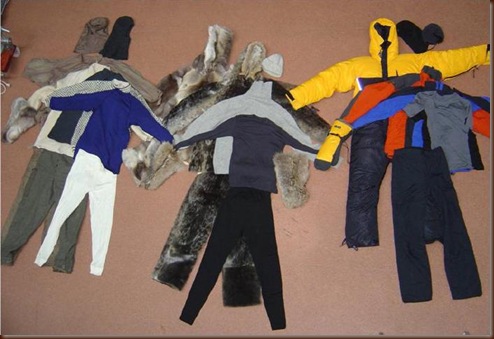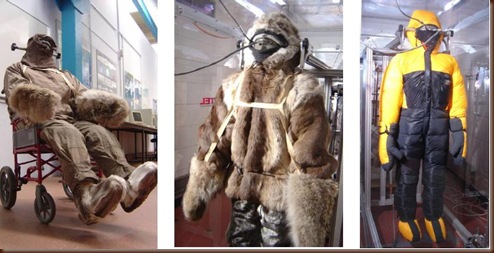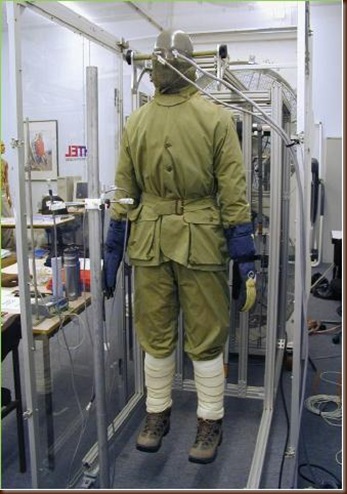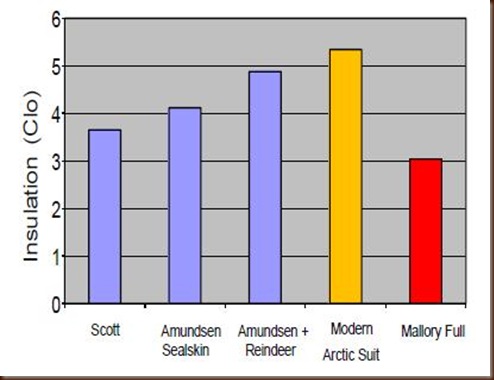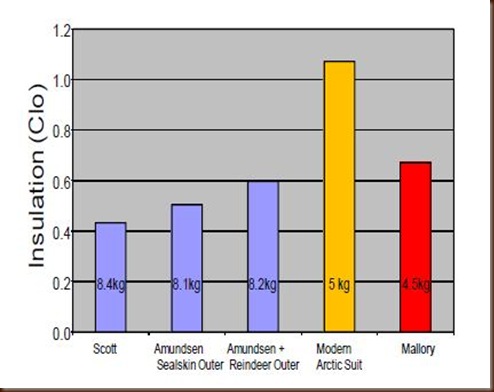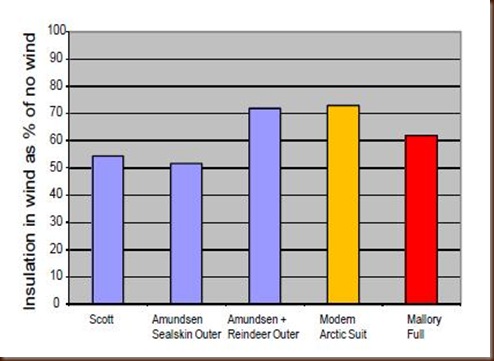I thought of ending 2011 with various "look-backs" and favorites that appeared on The Travel Photographer's blog.
1. Photo Expedition/Workshops:
I rate the Kolkata's Cult of Durga Photo Expedition/Workshop as the most logistically challenging, but also most rewarding from a documentary standpoint, of my photo expeditions. As I've written in previous posts, the participants (most had no prior knowledge of multimedia) produced highly commendable audio-slideshows during the two weeks spent in Kolkata.
My comprehensive verdict and epilogue of the Kolkata's Cult of Durga Photo Expedition/Workshop was published on October 28.
From the In Search of the Sufis of Gujarat Photo Expedition™, I produced my favorite audio-slideshow and photo essay The Possessed of Mira Datar. It documents the pilgrims who flock daily in their hundreds to the shrine of a renowned Sufi saint in Gujarat.
2. Favorite Photo Essay By Photojournalist:
There's no question that it was the terrific photo essay in The New York Times titled Cairo Undone by Moises Saman. It made me recalibrate my earlier thoughts about photographing in Cairo.
3. Favorite New York Street Photography Event:
In the early days of November, I ventured to Zuccotti Park in Lower Manhattan, and spent a few hours photographing the Occupy Wall Street movement. As I wrote in the blog post, I sympathize with most of the OWS positions. Some of the photographs I took are featured on The Leica File.
4. Favorite Photo Festivals:
I'm not a big photo festival goer, so I only attended two in 2011...but I thoroughly enjoyed participating in the biannual Delhi Photo Festival in October (regrettably for only one day), and attending the annual Angkor Photo Festival in Siem Reap. Both of these festivals were extremely well organized and the attendance was phenomenal!
5. Favorite Photojournalism Workshop:
The Foundry Photojournalism Workshop is my hands-down favorite. Not only because I'm one of the faculty members, but because it's really fantastic. The photographers in the faculty generously share their knowledge and time, its staff, administrators and local volunteers make it wonderful successes year after year, and simply said, the participating photographers "students" are the future...and it's personally rewarding to be part of this.
6. Favorite Short Vimeo Movies:
I loved Miehina, The Kyoto Geisha by Glen Milner. Extremely well produced, and instrumental in shaming me in not having visited Japan yet.
And I also loved A Dos Pasos Del Corazón: The Photographer Of Seville by Sergio Caro and Ernesto Villalba. A beautifully produced movie about an elderly wedding photographer.
7. Favorite Photographer "Americana" Category:
Carolyn Beller takes that one with her The Mississippi Delta photo essay, which I imagined viewing with a song by Howlin' Wolf or John Lee Hooker (as only two examples) blaring in the background.
8. (My Very Own) Favorite Prediction:
No one takes my prediction seriously (at least publicly) but I predict the advent of a mirror-less Leica...a $3500 Micro Four Thirds Leica. I know it's wishful thinking, but that's what my Nostradamus crystal ball tells me when I look in it.
And another of my silly predictions was that I'd never take pictures with an iPhone. Yes, I do now.
9. Favorite Love-Hate Relationship:
I have a love-hate relationship with my Leica M9...many photographers share this emotional dichotomy. I imagined it would not last as long, but it has. I love the M9's handling, heft and durability and abhor its shortcomings...and yes, it makes really great pictures when I know what to do.
And my Dumber Than Dumb moment of 2011 is when I exhausted myself polishing my Elmarit 28mm lens because the view through my just acquired M9's viewfinder was smudgy. The more I polished the more it got smudgier...of course, I was polishing the lens with my thumb squarely on the viewfinder window....a rangefinder newbie brain fart.
10. (My) Favorite Street Photograph:
It's really a subway photograph...but is of the trio of women on the F train, which I titled "The Sleepy, The Anxious And The Bored".
11. My Most Popular Blog Post:
The most popular post on The Travel Photographer during 2011 is a POV titled Is Shooting From The Hip Photography?. Many many thousands of views on that one. Wow!
12. My Favorite WTF? Rant:
It's the WTF?! Be A Sucker And Publicize A Book...For Free. The very best of my world famous acerbic rants.
13. Favorite Photographer "Travel" Category:
And here he is...Tim Allen is the The Travel Photographer's favorite travel photographer of 2011. Tim is is a English photographer with a hefty professional background, who has won prestigious awards. He has worked with indigenous communities throughout the world , most extensively in India and South East Asia.
No ambivalence. One of the best there is.











































